- Category
- Anti-Fake
Russia’s Hybrid Warfare: Five Tactics That Shape the Threat

War, as we once understood it, is no longer confined to battlefields or military zones. It has taken on a new disguise—hybrid warfare.
Russia has become a master of hybrid tactics — a calculated mix of conventional and unconventional strategies designed to destabilize, disrupt, and weaken adversaries without declaring full-scale war. Below, we examine five key tactics of Russian hybrid warfare, highlighting the growing and multifaceted threat it poses to the global order.
Information warfare
Russia employs a multifaceted strategy of disinformation and propaganda to influence perceptions both domestically and internationally. Through state-sponsored media outlets like RT and Sputnik, the Kremlin spreads false narratives to manipulate public opinion. While many countries, including EU member states and the United States, have banned these outlets over disinformation concerns, others, such as Norway, Switzerland, and several nations in Latin America and Africa, have yet to implement similar restrictions.
On the international stage, Russian propaganda emphasizes the country’s commitment to conservative values, often contrasting this with portrayals of the West as morally and socially degenerate, plagued by “woke-ism” and street crime. The Kremlin amplifies these narratives through testimonials from expatriates praising life in Russia, such as the affordability of its education, and by financially supporting right-wing bloggers and influencers, including US-based outlets like Tenet Media, which have been accused of promoting pro-Russia messaging in exchange for money.
Domestically, state-controlled media and education systems work to instill a new “patriotic consciousness,” depicting the West as hostile and portraying Moscow’s actions as defensive and noble. This propaganda campaign has been largely effective giving politicians essentially carte blanche to pursue a global agenda with the support of its population. This has been particularly helpful in the case of its full-scale invasion of Ukraine with polls showing that over 70% of Russians support the war.
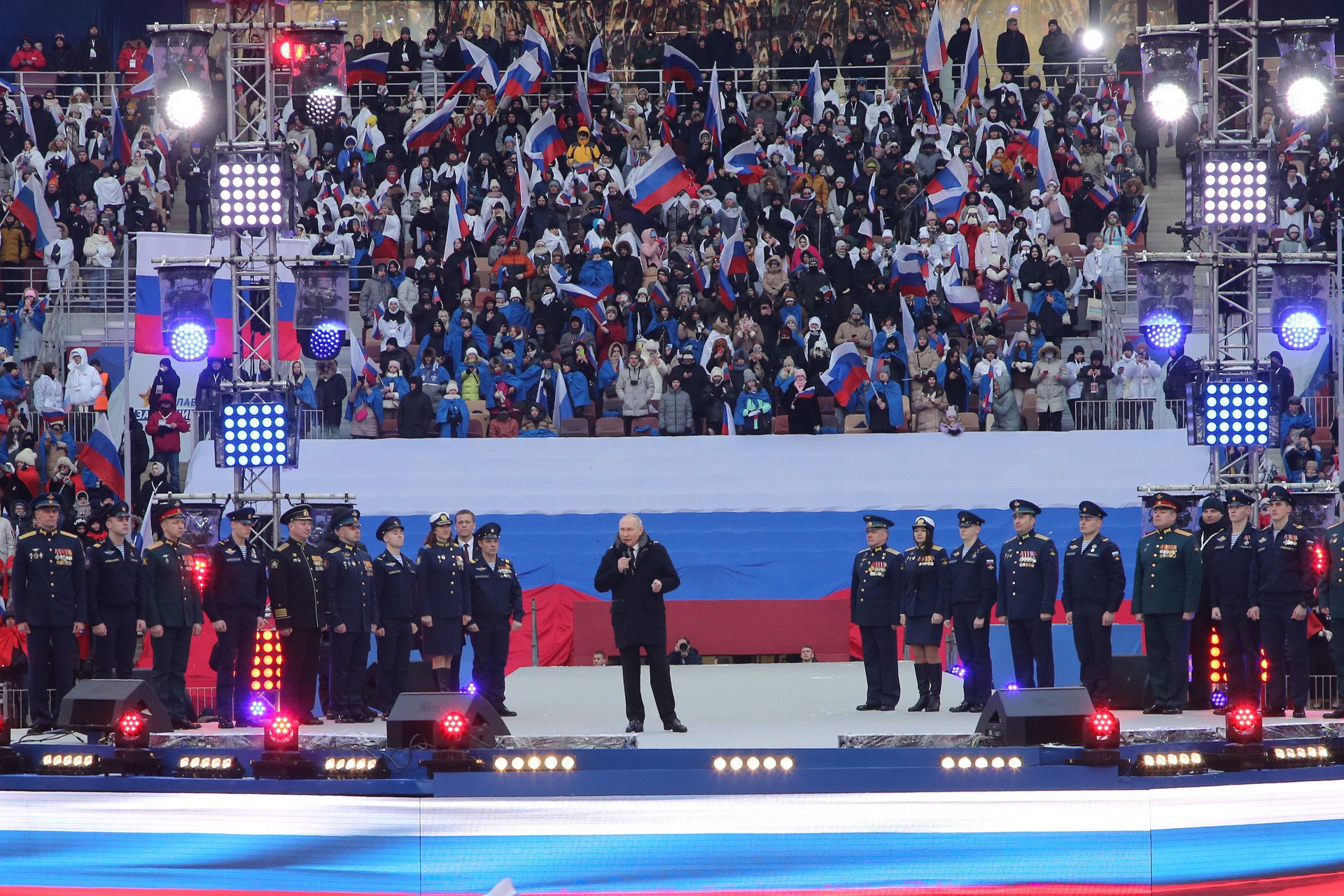
A surge in “turbo-charged patriotism” now permeates nearly every aspect of Russian society, from ballet to rap music. Russian artists have reported pressure to infuse their work with patriotic themes, while cultural institutions, including theater productions, face restrictions on international tours.
Russian disinformation campaigns and propaganda form the backbone of Russia’s information warfare strategy, Moscow also uses psychological operations, such as troll farms and bot networks, to reinforce these narratives both at home and abroad. For instance, during the most recent US election, a video surfaced claiming to show a Haitian immigrant with multiple Georgia IDs voting numerous times. According to Georgia Secretary of State Brad Raffensperger’s office, the video was “likely a production of Russian troll farms.” This narrative fed into past fears about stolen elections and fraud, sewing mistrust and discontent on the eve of the election. While a video may seem insignificant, these small “attacks” on voter confidence can create a snowball effect when amplified on social media networks and an audience that is already primed with propaganda.
Sabotage and cyber warfare
Other Russian tactics for hybrid warfare include the sabotage of critical infrastructure and communication networks around the world. Recently Finnish forces stormed a Russian boat accused of tampering with undersea communications in the Baltic Sea. In December 2024, Finnish authorities detained the oil tanker Eagle S, linked to Russia’s shadow fleet, on suspicion of damaging undersea power and data cables between Finland and Estonia, possibly by dragging its anchor.
More and more instances have emerged of Russia’s alleged tampering of European infrastructure. In January 2025, the Russian vessel Yantar was detected operating near the UK’s critical underwater infrastructure. The Royal Navy monitored the ship as it transited through the English Channel and into the North Sea. Defence Secretary John Healey accused Yantar of gathering intelligence and mapping the UK’s undersea infrastructure.
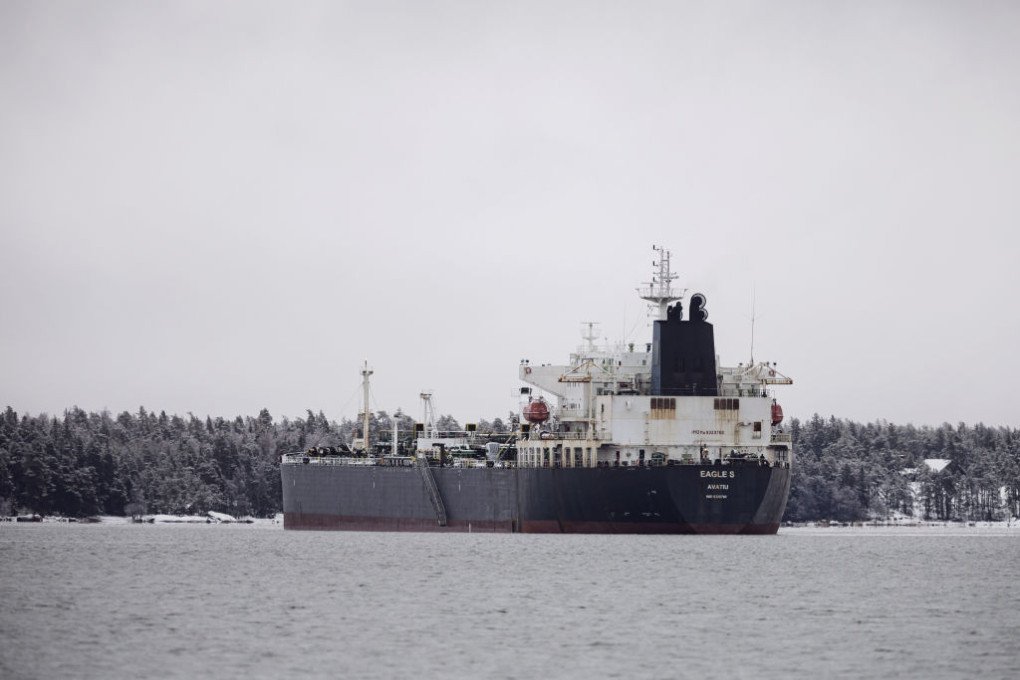
Provocations in the Baltic Sea in general are on the rise. In January 2025, a French maritime patrol aircraft was targeted by the radar of a Russian S-400 air defense system over the sea. The radar “lock-on” was perceived as aggressive intimidation, escalating tensions between NATO and Russia.
But these attacks are not only physical, they are also done through cyber warfare. In August 2022, Montenegro experienced a significant cyberattack targeting its government infrastructure, which officials attributed to Russian state actors. The attack disrupted critical services, including transportation, water, and electricity systems, underscoring the country’s vulnerability to sophisticated cyber threats.
These threats have the potential to cause widespread and devastating damage, targeting critical infrastructure, government systems, and civilian services. Due to their covert and ambiguous nature, they enable Russia to execute such operations while maintaining plausible deniability, making it challenging for adversaries to attribute the attacks directly and hold the Kremlin accountable. This lack of direct accountability allows Russia to destabilize its targets and achieve strategic objectives without triggering conventional military responses or severe diplomatic repercussions.
Economic pressures on the West
Economic pressure is another weapon in Russia’s hybrid warfare arsenal to manipulate global markets and retain geopolitical leverage. Its primary weapons in this field are oil and gas.
Following Russia’s full-scale invasion of Ukraine in 2022, Europe was faced with the ethical dilemma of supporting Russia via the purchase of its gas or sourcing cheap gas elsewhere. The uncomfortable reality of Europe’s reliance on Russian energy came to a head, triggering an energy crisis across Europe. Mass inflation along with skyrocketing heating and electricity costs had many everyday citizens questioning their support for the war now that it began to affect them at home. By inflicting economic pressures on the West, Russia found itself with unique leverage over European leaders.
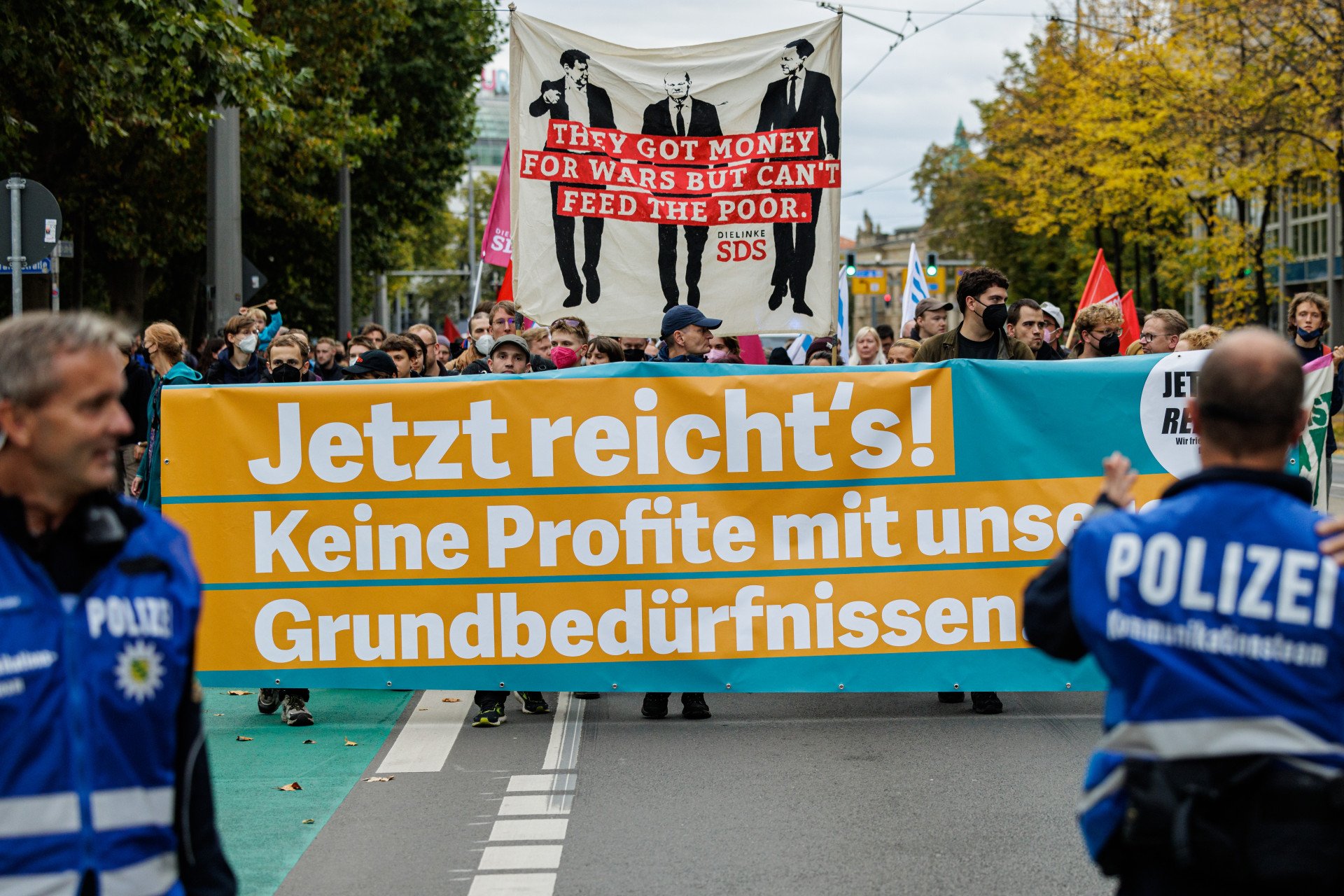
This was exacerbated by an issue in June 2022 when Russia significantly cut gas flows through the NordStream pipeline. Russia’s state-owned gas supplier Gazprom, cited technical issues that could only be fixed by a turbine that was being serviced in Canada. It claimed that a Siemens turbine used in a compressor station was stuck in Canada due to Western sanctions, making it impossible to reinstall and maintain the pipeline’s full operational capacity. As a result, gas flows to Europe were reduced to 40% of capacity and later further cut to 20% by July 2022. When Canada made an exception and ship the turbine despite sanctions, Russia dragged its feet, delaying the acceptance of the part to restore gas flows.
Russia uses sanctions, or rather sanctions evasion to support its hybrid warfare strategy. To counteract Western sanctions, it has developed complex evasion networks involving intermediaries, shell companies, and alternative currencies. One such example is its “shadow fleet” of aging oil tankers, often registered under obscure entities in countries outside the sanctions framework. The vessels transport Russian oil covertly, using methods such as turning off transponders and conducting ship-to-ship transfers to obscure the origin of the oil. Its use of shadow fleets and other covert tactics allows it to sustain the vital income streams of oil despite restrictions.
Diplomatic manipulation and political interference
Russia extends its hybrid strategy to diplomacy, forging alliances and exploiting global institutions to counterbalance Western influence. In June 2024, Russia and North Korea signed a “comprehensive strategic partnership” pact, including a mutual defense clause, signaling a significant strengthening of their military and political ties. This agreement underscores a shared opposition to Western influence and a commitment to mutual support in defense matters.
Following this, in January 2025, Russia and Iran finalized a 20-year “comprehensive strategic partnership treaty” aimed at bolstering economic, military, and cultural cooperation. This treaty reflects a concerted effort to deepen bilateral relations and counteract Western sanctions.
In addition to alliances, Russia also positions itself as a global peacekeeper. This title is often used as a guise for military presence in strategic regions, ensuring long-term influence. Following the 2020 Nagorno-Karabakh war between Armenia and Azerbaijan, for example, Russia deployed peacekeeping forces to the region. This deployment has allowed Russia to establish a long-term military presence in a strategic area of the South Caucasus, thereby extending its influence over both Armenia and Azerbaijan.
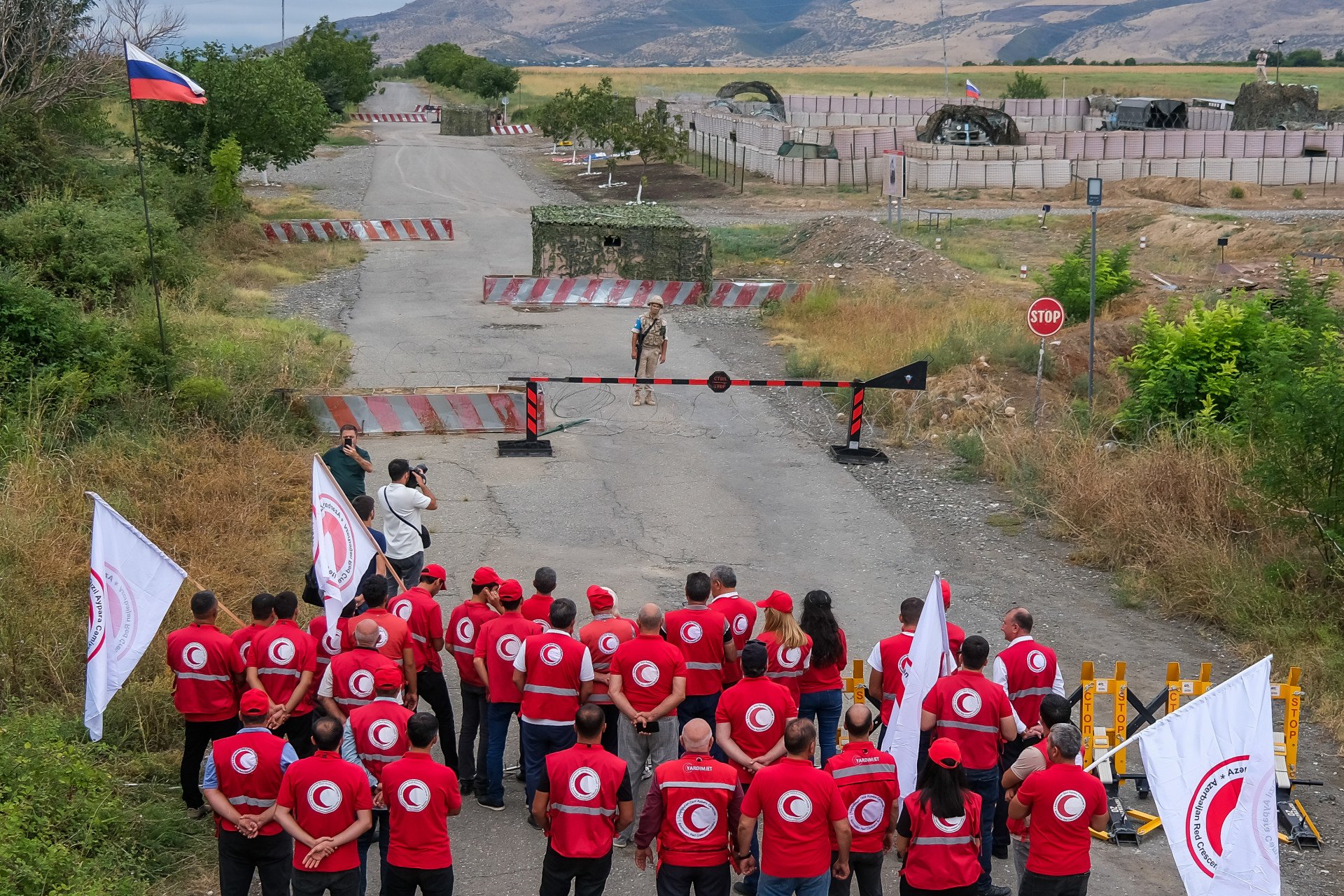
Despite its “peacekeeping” role in Azerbaijan, last year Russia was responsible for the downing of a commercial airliner after it was struck by a Russian air defense missile. Russia has not formally accepted responsibility and has dragged along every step of the investigation. Its evasion of responsibility is a tactic it uses globally to deny its role in catastrophic events.
Over the years Russia has been granted powerful seats in global institutions like the UN. By leveraging relationships within these organizations, Russia works to shift international norms in its favor. Russia has utilized its permanent seat on the Security Council for example to veto resolutions that conflict with its interests, thereby shaping international responses to various global issues including most notably in Syria, supporting its ally and former dictator Bashar al-Assad. This is a form of political interference. Again, these attempts to shift global order and strengthen support for an anti-Western coalition, come close to but ultimately avoid an all-out war with the West.
Military actions
While hybrid warfare often avoids conventional battlefields, military power remains a key component of Russia’s strategy. Through a combination of both hybrid military tactics, and more traditional kinetic military tactics, Russia creates conflicts to justify the subsequent use of its military.
In 2014 for example, Russia illegally annexed Crimea following a sham referendum, an action that blatantly violated international norms while blurring legal boundaries. Russia utilized unconventional forces, often referred to as “little green men” to first destabilize Crimea. These unmarked troops, lacking insignia, added another layer of ambiguity, further complicating efforts by the international community to hold Russia accountable. Following its invasion, Russia formally sent troops to uphold its actions and host its referendum.
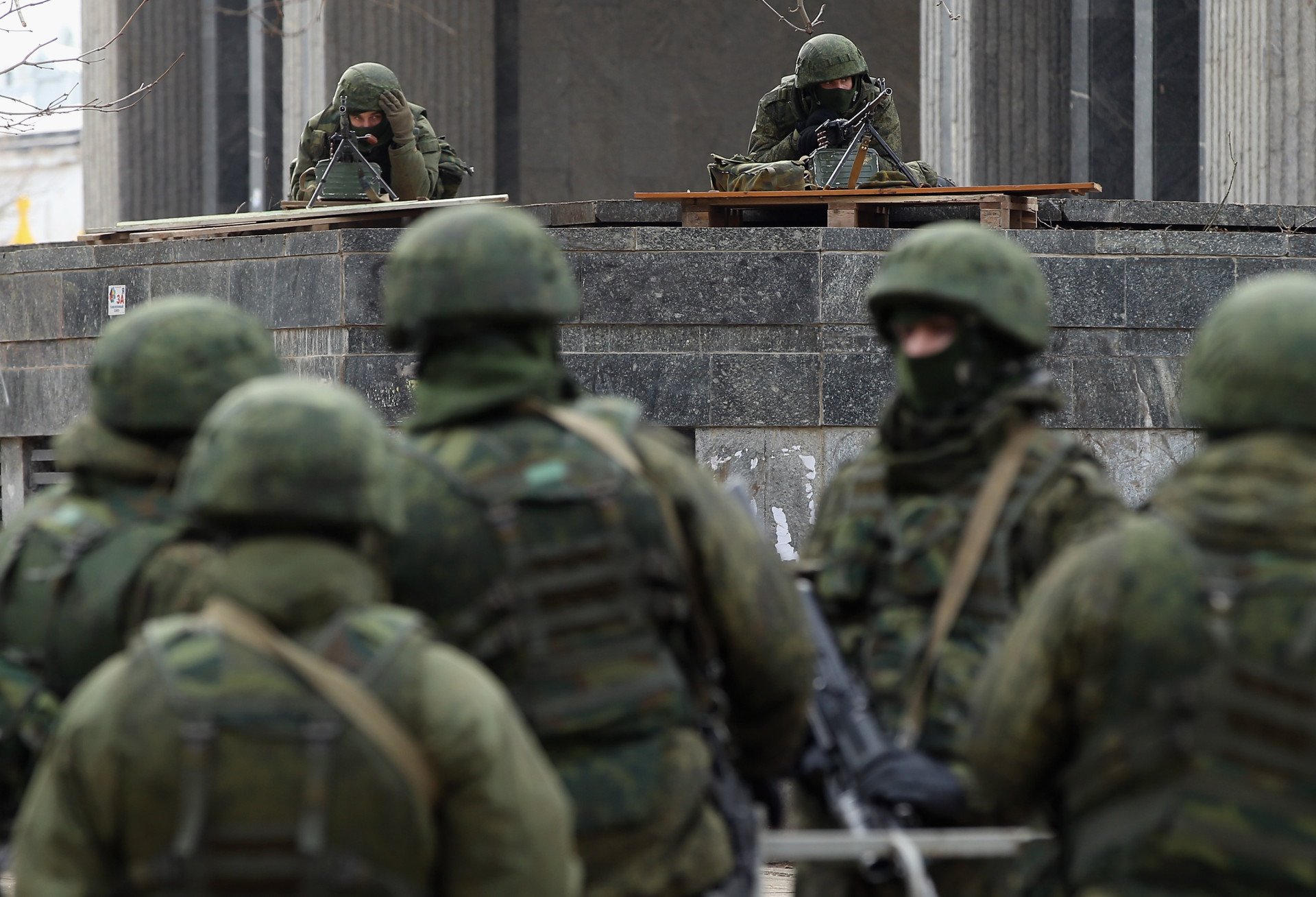
Simultaneously in Ukraine’s Donetsk and Luhansk regions, Russia backed separatist movements. It deployed troops disguised as volunteers to infiltrate and destabilize these areas. These maneuvers created plausible deniability, allowing Russia to slowly infiltrate Ukraine without openly declaring war.
Private military companies (PMCs) like the Wagner Group are another tool Russia uses for its hybrid military tactics. Acting as covert extensions of the Russian military, PMCs conduct operations in regions such as Africa, Syria, and Ukraine, enabling the Kremlin to pursue its objectives while avoiding direct accountability for war crimes.
Western response to Russia’s hybrid warfare
Hybrid warfare represents a synthetic threat — a complex blend of tactics that challenges traditional military and political responses. It is not enough for the West to focus solely on avoiding nuclear or full-scale war. To counter Russia effectively, the Western response to hybrid warfare must adopt a cohesive strategy that addresses these multifaceted threats.
“Russia’s hybrid warfare tactics exploit the gaps in NATO’s collective defense strategy, combining military force, cyberattacks, and disinformation to achieve its objectives,” says Dr. Julian Lindley-French, a NATO advisor and expert on defense strategy. “To counter these threats effectively, NATO and its allies must adopt a unified, multidimensional approach, integrating traditional military readiness with robust cyber defenses, strategic communication, and societal resilience.”
By understanding and confronting the instruments of Russian hybrid warfare, Western nations can better safeguard their infrastructure, economies, and societies against a rapidly evolving form of conflict.
-fca37bf6b0e73483220d55f0816978cf.jpeg)
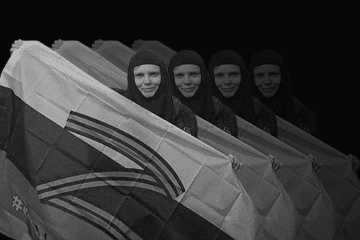
-46f6afa2f66d31ff3df8ea1a8f5524ec.jpg)
-8ddd9e24f95bb9d73d6d11d75f774999.png)
-29a1a43aba23f9bb779a1ac8b98d2121.jpeg)
-283d77c1379d612e6f72cf1b6de7dacb.png)
